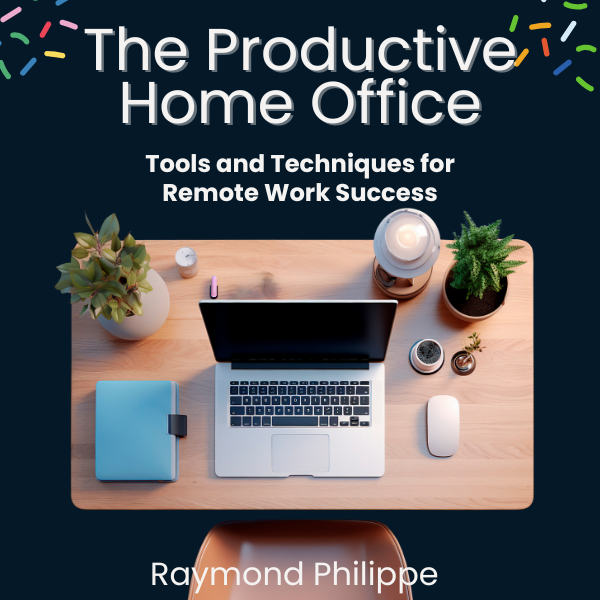Remote work has reshaped how we approach our careers, offering flexibility but also presenting unique challenges like distractions and blurred work-life boundaries. Whether you’re a remote employee, freelancer, or gig worker, a well-designed home office can be your key to productivity and balance. Here’s how to transform your workspace into a hub of efficiency using proven strategies for time management, technology, boundaries, and mindfulness.
Structure Your Day with Time Blocking
Effective time management is the backbone of a productive home office. One powerful technique is time blocking, where you divide your day into dedicated slots for specific tasks. Instead of juggling emails, meetings, and projects reactively, assign focused periods for each—say, 9 a.m. to 11 a.m. for deep work and 1 p.m. to 2 p.m. for administrative tasks. Use a digital calendar to map out your blocks and include short breaks to recharge. For example, a graphic designer might reserve mornings for creative tasks when their energy is highest, leaving afternoons for client feedback. This approach minimizes distractions like household chores or social media, ensuring you meet deadlines while preserving time for personal life.
Harness Technology to Streamline Workflows
The right tools can make or break your remote work setup. Collaboration platforms like Slack or Microsoft Teams keep you connected with colleagues across time zones, while video conferencing tools facilitate virtual meetings. Task management apps such as Trello or Asana help organize projects, track deadlines, and assign priorities, which is especially useful for freelancers managing multiple clients. Automation tools can further boost efficiency—consider using a service to sync client emails to your task manager, reducing manual work. For instance, a marketing consultant might use a project management tool to track campaign milestones, ensuring nothing falls through the cracks. By integrating these tools, you can focus on high-impact work and cut down on administrative tasks.
Set Clear Boundaries to Stay Focused
Working from home often blurs the line between professional and personal life, leading to distractions or overwork. To stay focused, create a dedicated workspace, ideally in a quiet corner away from high-traffic areas like the living room. Communicate your work hours to family or housemates to minimize interruptions—for example, let them know you’re unavailable from 9 a.m. to 5 p.m. Similarly, inform colleagues of your availability, perhaps using a shared calendar or status updates on team platforms. Managing digital distractions is equally critical; silence non-essential notifications and schedule specific times to check emails, such as mid-morning and late afternoon. A customer support agent might mute social media alerts during work hours to maintain focus on client queries. These boundaries protect your productivity and help you disconnect at the end of the day.
Boost Focus with Mindfulness Practices
Mindfulness can be a game-changer for maintaining concentration and managing stress in a home office. Simple practices, like a 5-minute breathing exercise where you inhale for four seconds and exhale for four, can reset your focus during a busy day. Another technique involves grounding yourself by noticing your surroundings—five things you see, four you can touch, three you hear, and so on. Schedule mindfulness breaks every hour or two to recharge, perhaps using a guided meditation app for structure. For example, a remote teacher overwhelmed by grading might take a brief walk, focusing on the sensation of their steps, to return refreshed. These practices not only enhance productivity but also foster emotional resilience, helping you navigate the ups and downs of remote work with ease.
Take Action to Build Your Ideal Workspace
Creating a productive home office starts with small, intentional steps. Choose one strategy to implement today—perhaps setting up a time-blocked schedule or designating a workspace free of clutter. Experiment for a week, then reflect on what worked and what needs tweaking. For freelancers, consider creating a system to track client tasks or automating repetitive tasks like invoicing. Over time, combine these strategies to build a personalized routine that supports your goals. A strong home office isn’t just about getting work done; it’s about creating a space where you can thrive professionally and personally. Start today, and watch your productivity soar.
